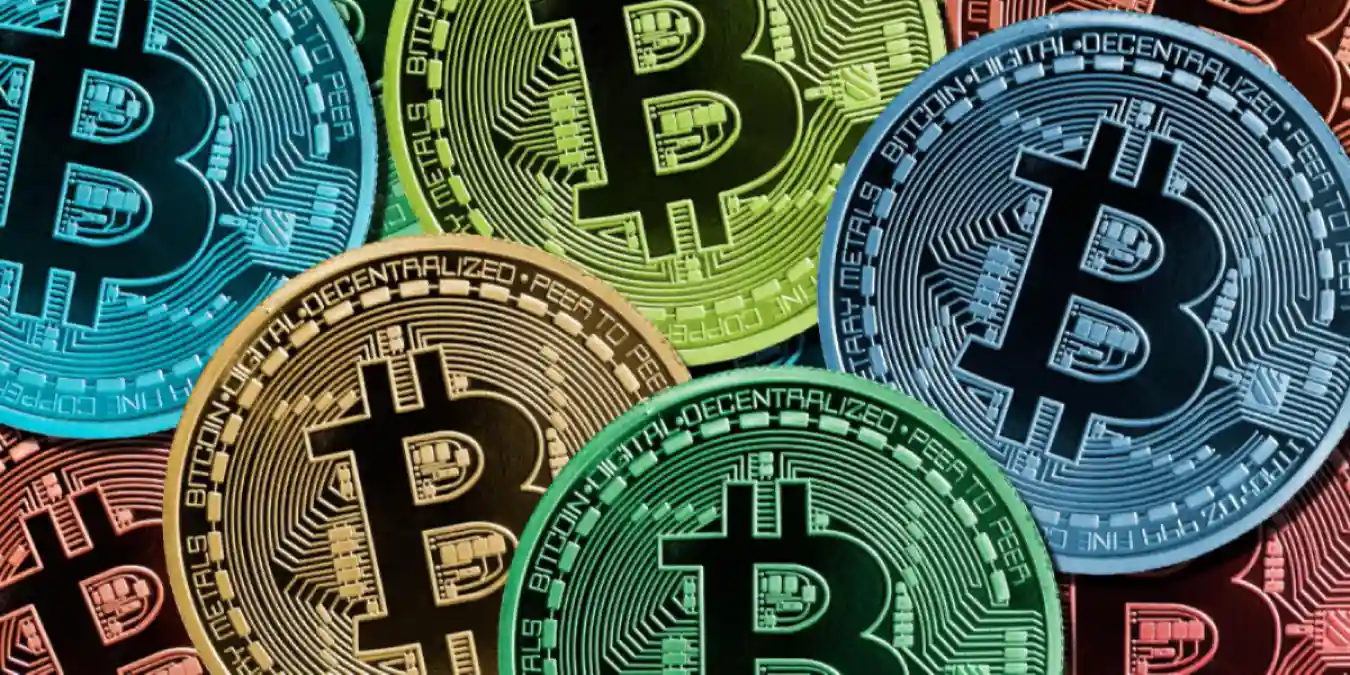Crypto fraud is the underworld’s sleight of hand, a high-stakes con that turns dreams of digital riches into financial ruin. It’s not just theft—it’s a spiderweb of lies, spinning fake exchanges, sham profits, and encrypted chats to fleece victims and vanish into the blockchain’s shadows. Across the U.S., where crypto fever burns hot and oversight plays catch-up, scams are a wildfire, scorching lives from New York’s concrete canyons to Miami’s glitzy shores, Chicago’s trading hubs, and LA’s tech dens. New York’s latest sting—a Vietnam-based crypto scam ring that bled millions from Brooklyn and beyond—rips open this dark world, exposing a crisis that’s got America’s financial heartland on edge.
Brooklyn’s Digital Deception
In the pulsing chaos of Brooklyn, where bodegas hum and streets thrum, New York Attorney General Letitia James unleashed a wrecking ball on a foreign-operated crypto scam ring that’s been draining investors dry. This wasn’t some Silicon Valley pipe dream gone sour—it was a cold-blooded hustle, run from Vietnam’s shadows, targeting Russian-speaking New Yorkers with fake exchanges and empty promises. The bust, a major blow to crypto crime, exposes the ugly underbelly of digital wealth and fires a warning shot across the U.S., where Miami’s own scam wars are raging.
The cops traced the crew through a digital maze, zeroing in on a network that used Russian-language Facebook ads to hook victims. Operating from Vietnam, the scammers lured hundreds into Telegram chats, flashing fake exchange dashboards with sky-high returns. The sting hit hard: authorities seized USD 140,000 in crypto, froze USD 300,000 in assets, and shut down domains and email accounts tied to the fraud. Brooklyn alone reported over USD 1 million in losses, with the full toll still unknown. This was no small-time con—it was a calculated heist, and New York just kicked in the door.
How the Scheme Worked
This was no clumsy rip-off—it was a digital slaughterhouse, a scam machine built on deception and exploitation. From late 2024 to May 2025, the Vietnam-based ring fleeced millions, with over USD 1 million confirmed lost in Brooklyn alone. The operation’s takedown yielded USD 140,000 in seized crypto, USD 300,000 in frozen assets, and a haul of domains and emails that map a criminal blueprint. Their playbook was diabolical: flood Russian-language Facebook groups with ads promising quick crypto riches, funnel victims to Telegram chats, and dazzle them with fake exchange accounts showing 20–30% monthly gains. Victims, hooked by the illusion, poured in cash, only to see it vanish into wallets controlled from Ha Noi’s backstreets.
The scheme’s genius was its precision targeting and digital camouflage. New York’s Russian-speaking communities—centered in Brooklyn’s Brighton Beach and Sheepshead Bay—were prime marks, vulnerable to tailored ads in their native tongue. The scammers crafted slick Facebook posts, posing as legit brokers with “guaranteed” returns, using stolen images of Wall Street traders to build trust. Once victims bit, they were herded into Telegram groups, where “advisors”—often bots or low-level operatives—pushed fake dashboards showing bloated balances. “Your portfolio’s up 25%!” one chat promised, per seized logs, urging victims to deposit more. The accounts were smoke and mirrors, with no real trades—just coded illusions to keep the cash flowing.
To stay invisible, the ring burned through proxies and VPNs, masking their Vietnam base. They spent over USD 1 million of stolen funds on counter-surveillance—buying servers, rerouting IPs, and scrubbing digital footprints—cutting their profits but dodging early detection. The operation leaned on crypto’s anonymity: funds were funneled through untraceable wallets, often in stablecoins like USDT, then bounced across exchanges to blur trails. Unlike Hong Kong’s cash-heavy laundering, this was all-digital, exploiting crypto’s borderless nature. Seized emails revealed orders from a Ha Noi hub, coordinating ad campaigns and wallet transfers with military precision. Only three suspects are named in court filings, but others lurk, their identities shielded by Vietnam’s jurisdictional wall. This was a high-tech heist, thriving in New York’s digital blind spots.
New York’s Scam Plague
New York’s drowning in crypto fraud. In 2024, scams fueled a third of the state’s financial crimes, with thousands of complaints flooding Attorney General Letitia James’ office. The crypto boom, supercharged by retail investors and lax oversight, has turned the state into a scammer’s playground. James, a crypto skeptic, is swinging hard, with her office logging dozens of busts since 2023. New York’s Business Law Section 352, the Martin Act, nails fraudsters with up to seven years in jail and hefty fines, but the tide keeps rising. Scammers exploit social media’s reach and crypto’s haze, hitting communities like Brooklyn’s Russian diaspora with ruthless precision.
James’ team is on a warpath. They’re pushing for tighter crypto regulations and partnering with platforms like Facebook and Telegram to flag scam ads. Real-time ad monitoring, stricter KYC on exchanges—they’re throwing everything at it. But with crypto’s allure spiking under a pro-business administration in 2025, New York’s fighting a digital dragon on Wall Street’s turf.
Why It Matters Regionally
This bust isn’t just New York’s fight—it’s a flare lighting up America’s scam-riddled underbelly. The U.S. is a crypto colossus, with trading hubs from New York’s Wall Street to Miami’s blockchain startups, Chicago’s futures markets, and LA’s influencer-driven crypto craze, but weak federal rules and state-by-state gaps make it a scammer’s paradise. New York’s million-dollar sting mirrors a national crisis, threatening a USD 20 trillion economy and global trust in digital finance.
Miami’s a scam magnet. Florida’s crypto hub status draws fraudsters, with 2024 seeing a 40% spike in crypto complaints, per state records. A recent Miami bust nabbed a Ponzi scheme promising 15% monthly returns, echoing New York’s fake exchange con. Chicago’s bleeding, too. The city’s futures exchanges, like CME Group, fuel crypto trading, but scams targeting retail investors surged in 2024, with losses topping USD 500 million. Los Angeles is a hotspot, with influencers on X and TikTok peddling fake crypto “mentorships,” luring fans into scams like New York’s. The FBI’s 2024 crypto fraud report logs USD 3.7 billion in U.S. losses, with New York and California hit hardest.
The stakes are cataclysmic. America’s financial dominance—USD 20 trillion in GDP—rests on trust. Scams erode banks, spook markets, and chill crypto adoption. New York’s a global finance titan, yet it got burned. If a million can slip through Brooklyn, Miami’s open crypto scene or LA’s influencer traps could lose billions. Crypto’s borderless nature laughs at state lines, and the U.S.’s patchwork regulations—New York’s tough stance versus Florida’s lighter touch—can’t keep up. The economic toll is brutal: crypto fraud cost U.S. consumers USD 4 billion in 2024, per industry estimates. Geopolitically, unchecked scams risk painting America as a soft target, driving investors to safer markets like Singapore. This bust screams for federal action—unified AML laws, cross-state stings, and crypto oversight—or the U.S. risks becoming a global fraud hub.
The Human Cost
This isn’t just about cash—it’s a human tragedy, gutting lives across the U.S. In Brooklyn, victims were everyday folks: a 45-year-old bodega owner who sank USD 50,000 into a fake exchange, now facing bankruptcy; a 30-year-old nurse who lost USD 20,000, her wedding fund gone; a retiree duped by “guaranteed” returns, his USD 30,000 pension vaporized. “I trusted the numbers on the screen,” the nurse told investigators, tears in her eyes. “It was all fake.” The USD 1 million-plus lost in Brooklyn hit families, small businesses, and dreamers, many Russian-speaking immigrants targeted for their trust in community ads.
The pain ripples nationwide. In Miami, victims of similar scams—lured by glossy X posts—lose homes to fake crypto funds. A 2024 case saw a single mom lose USD 15,000, her kid’s college savings. Chicago’s retail investors, hooked by Telegram cons, report suicides tied to scam losses, with one trader losing USD 100,000 and his will to live. LA’s influencer-driven scams trap young fans, some as young as 18, who drain savings on “mentorship” cons promising crypto riches. The social toll is crushing: trust in banks, platforms, and communities is torched. In Brooklyn, Russian-speaking enclaves now fear social media ads, isolating neighbors. Nationwide, scam-related mental health crises spiked 15% in 2024, per health reports, with shame and ruin driving victims to despair. This isn’t just crime—it’s a betrayal of hope, leaving scars deeper than wallets.
The Fight’s Just Begun
This bust isn’t the end—it’s the opening shot. The Vietnam crew’s down, but others are out there, slicker, hungrier. New York’s cops are digging through seized domains, chasing Ha Noi leads despite jurisdictional walls. Miami’s busting Ponzi schemes. Chicago’s hunting Telegram cons. LA’s cracking down on influencer scams. Platforms are rolling out AI to flag dodgy ads, and exchanges are tightening KYC. But the real war’s human—smash the fake ad networks, break the proxy chains, hit scammers where they hide.
America’s a battleground, and the stakes are everything—economies, lives, futures. The next scam, the next sting—it’s coming fast. Stay locked in with us, this story isn’t finished.















